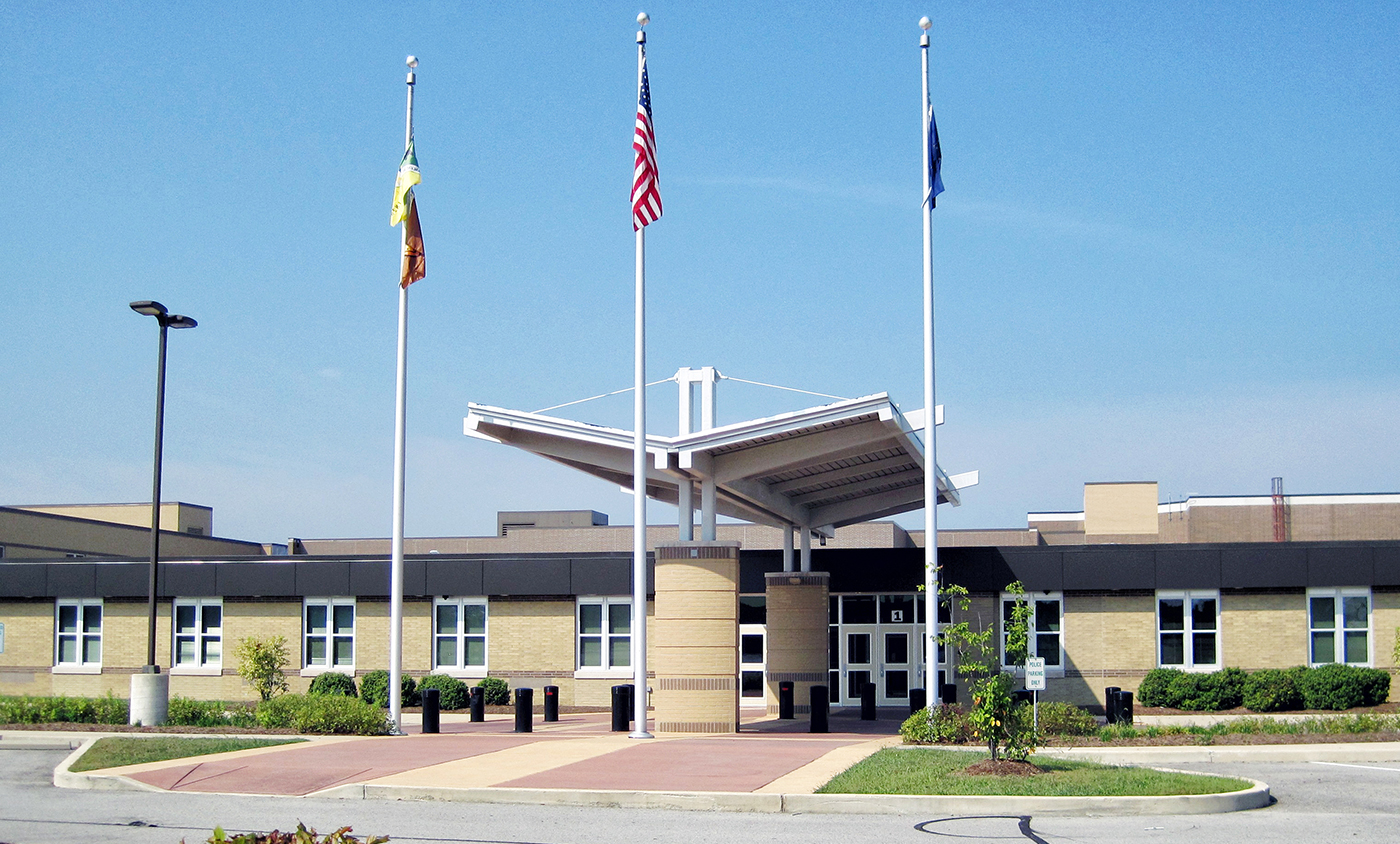The Challenge:
For Franklin County Memorial Hospital, patient and staff safety and security is as important a priority as delivering top-notch medical care to its patients. Providing a secure environment in a critical facility like a hospital presents multiple challenges to administrators, such as providing accessibility, privacy and security to multiple constituents.
“Ensuring that security and privacy requirements are met is central to the successful operation of any hospital,” said Mike Boleware, hospital administrator. “We are committed to maintaining a secure environment for our patients and staff members on a round-the-clock basis, and in a cost-effective way that doesn’t impede operational efficiency or compromise privacy.”
Franklin County Memorial Hospital is a 25-bed facility that provides family practice and primary care medical services, as well as inpatient and emergency room services, with a staff of approximately 160 employees. With varying levels of activity twenty-four hours a day, maintaining a safe and secure environment was a challenge for the hospital’s administrators. While it relied on a combination of physical keys carried by management staff and security personnel on site, the administration believed that an automated system that incorporated video surveillance would add efficiency and superior functionality while improving overall security.
The hospital decided that the best way to assure a comfortable, secure environment for its patients and staff members was to implement a surveillance and access control system that would enable administrators to monitor events both inside and outside the hospital, as well as manage access to the building and sensitive areas within the campus.
They turned to Franklin Telephone Company, the local telecommunications and broadband service provider for input on how this could be accomplished.
The Solution:
Franklin Telephone Company (FTC), and its parent company Telapex, have a long history of delivering leading edge technology to rural communities throughout Mississippi. After consulting with the hospital, Franklin Telephone immediately proposed an advanced system that would not only enhance the security and safety of the facility, but would also let the organization take advantage of mobile technology to improve the efficiency and effectiveness of controlling access and monitoring the property from any location.
Franklin Telephone, in turn, partnered with Clear2there, a leading provider of advanced video surveillance, smart-home, smart-business, and smart-farm applications, and M2M solutions for service providers and enterprises. Using Clear2there’s flexible Viewbiquity Cloud Application Suite (VCAS) platform, Franklin Telephone was able to customize a surveillance and access control solution that met the needs of the hospital in an unobtrusive manner, while adhering to the stringent privacy regulations governing medical service providers.
“Patient safety was the number one driving factor in the decision to implement new surveillance and access control capabilities for the hospital,” said Tom Griffin, general manager at Franklin Telephone Company. “Our solution gives hospital administrators the ability to see what is happening throughout the facility in real-time, as well as the opportunity to use stored video to help review and assess any incidents. And the system is completely compliant with the stringent privacy regulations that a hospital must comply with.”
In addition, electronic locks were installed on outside doors, and a number of doors within the hospital itself. Hospital personnel carry uniquely coded electronic key-fobs that allow access to controlled areas and doors. All entries are logged, and if needed, the system can associate snapshots from the video cameras as an extra measure of security for access to sensitive areas, such as the pharmacy or medical records area. The system can be configured to send this data to appropriate management as an additional safeguard. Moreover, doors can be unlocked remotely if needed, and the administrator can view the surveillance feed to assure that proper access has been granted to the authorized individual.
Video Surveillance in Practice
The new system enables hospital administrators to perform a number of security-related functions from any Internet-connected device, including smartphones and tablets. Among these features include the ability to view video surveillance feeds, control door locks, manage building access and logging, and respond to event-driven alerts and notifications.
As a part of the system implemented by Franklin Telephone, 16 surveillance cameras – some fixed and some pan-tilt-zoom capable – were placed both inside and outside the hospital building. All of the video is stored and can be reviewed using the Viewbiquity client interface on an Internet-connected device. The cameras provide the staff twenty-four hour per day visibility, as well as the ability to review incidents as needed. The strong encryption and authentication employed within the VCAS system ensures the privacy of any personally identifiable data to maintain compliance with HIPAA regulations.
Within the first weeks of the deployment, the hospital realized an unanticipated benefit of the surveillance system. Initially, the system was expected to bring value by enhancing security, but they also found that it was helpful in liability claim investigations as well. According to Boleware, the ability to use technology to help prevent incidents is a huge benefit.
This benefit was realized shortly after the cameras were activated when hospital policy was changed with regards to walkers that patients were bringing from home for in-patient or out-patient use. The administration used the stored video to review patient falls and it was noted that all of the recent falls involved a particular style of walker. The hospital immediately implemented a policy to provide patients with a different, safer model when they were on the premises.
“It was a simple decision once we saw the similarity in fall events,” said Boleware. “This small change in policy certainly assures patient safety and helps the hospital manage liability risk.”
Hospital administrators also plan to use the video to help study processes like patient wait time and traffic flow in the emergency room and outpatient clinics.
Managing Access Control
All hospital personnel carry programmed electronic key-fobs that grant them the access that their respective job requires. Each individual fob not only contains unique identification credentials that are logged with every access, but the system also enables the administration to control the days and times that an individual is authorized to enter any one particular area of the hospital.
In addition, hospital administrators can easily establish and manage specific rules within the system to set automated notifications and actions in key areas of the hospital, such as the pharmacy, medical records area and patient areas. Prior to implementing the new automated system, the process called for personnel to carry keys for these sensitive areas. In an emergency, one of the key-holders would have to physically go to the door and unlock it. With the VCAS platform, an authorized manager can confirm the identity of a staff person and open the door remotely from any Internet-connected device.
The Bottom Line
Franklin Telephone’s integrated security solution provided a number of efficiencies for Franklin County Memorial Hospital—both in installation and in ongoing operation. With Clear2there’s cloud-based solution, there was no need for the hospital to purchase and install a dedicated server, or to install expensive central distribution panels and other equipment that is often required for traditional access and security systems. In addition, the ability to manage all credentials, access, and security from a single platform eases administrative and management efforts.
The new security system not only meets the fundamental goal of the hospital administrators to provide a safe and secure environment for it patients and staff while abiding by privacy regulations, but also goes beyond by helping the administration improve operational efficiency and patient safety.






